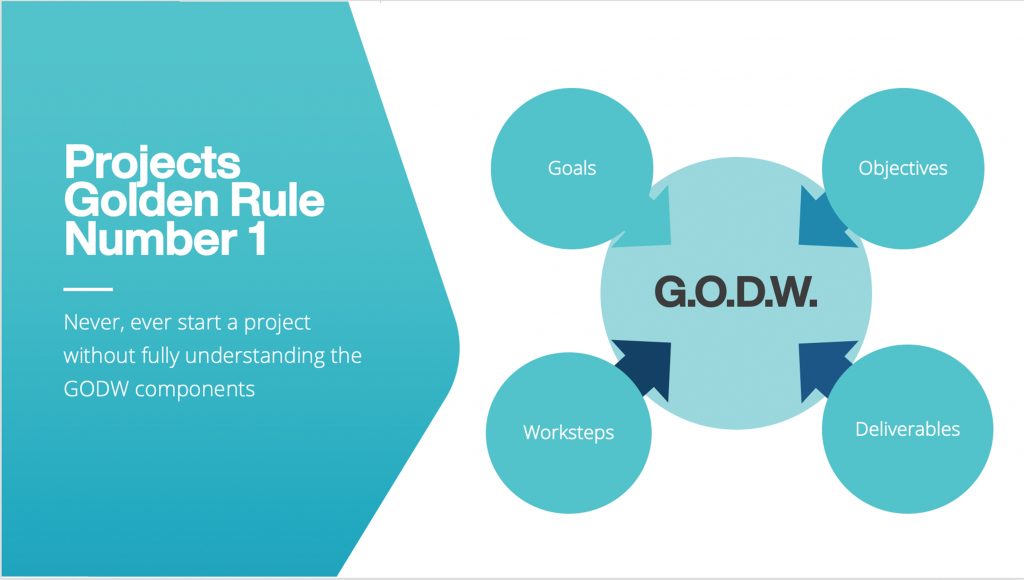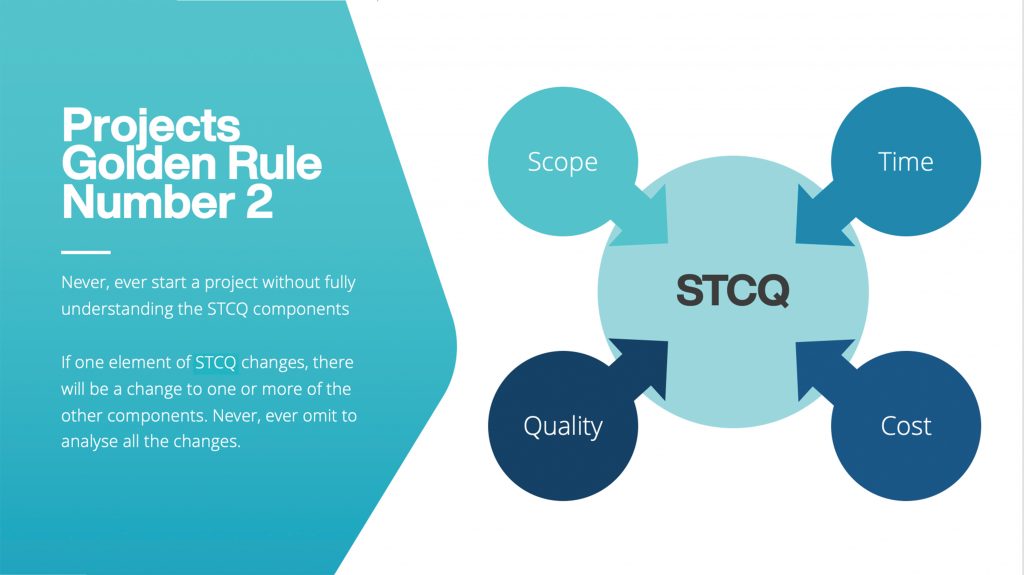
Ian Shipley shares his experience and lessons learnt when managing an office move
In today’s environment of more home working or even a blended approach of both office and home-based work, many companies are re-evaluating their office space. As a consequence, we will see a number of companies both downsizing and relocating, which inevitably means disruption and risk.
Office moves can be one of the most disruptive periods in any organisation and if not handled properly can cause significant and lasting damage not only financially, but also reputationally for the organisation, both with the public and more importantly with employees. It is, however, an opportunity for the Executive Assistant to shine, so when it inevitably comes along, grasp it with both hands; be the first to volunteer and get involved from day one.
In this article, I want to take you through a head office relocation I experienced first-hand as Managing Director of a national 24/7 emergency response company. Whilst this is about moving to a larger office, the same messages apply if you are moving to a smaller environment. I will explain a couple of fundamental mistakes we made initially and what we had to do subsequently to both gain the full engagement of our staff and deliver what we had promised.
Background
Following a successful business turnaround over three years, the last key task and challenge was to relocate our head office functions into a state-of-the-art purpose-built building, which would be far more reflective of a leading national business and one whose cornerstone was delivering service excellence to both our insurance company customers and their policyholders.
Our head office functions were based in three separate old and very dated buildings within a city centre. Whilst surrounded by several convenience food stores, the kitchen facilities offered to the 300+ staff consisted of a kettle and a microwave in three very small and inadequate rooms. The only reasonably sized meeting room was the boardroom. This meant that most senior management meetings and training had to take place offsite in local hotels. It was therefore decided that we needed to relocate to a single site on the outskirts of the city, allowing easier access and greater growth opportunity. Ideally, this would be approx. 30,000 sq. ft (2,800 sq. metres), which could also accommodate some of our smaller sister companies.
We were very conscious that one of our group subsidiaries based elsewhere in the country had done a similar exercise some 18 months earlier and lost 25+% of their staff due to the process being totally mismanaged from start to finish!
Location
If you want 300+ staff to commute daily to a new head office and feel safe and secure, location is critical. Never underestimate how long it is going to take! The process of finding an appropriate site and finalising the legalities took nearly 12 months.
We identified three potential sites:
1. A reasonably modern building near the city’s airport that had been vacated
The advantages were that we could relocate reasonably quickly with the required refit. However, after the Financial Director and I tried the potential commute that many members of our teams would have to take during the morning and evening, traffic congestion in the area ruled this site out.
2. An existing ‘brown site’ where we could build the head office
This site was owned by another local company who also had a head office located there. Advantages were that this site was closer to the city centre and that, as a new build, we could design our own head office. Unfortunately, negotiations with the landowner became difficult and protracted, and this was even before we had signed anything legally binding. For this reason, this was also ruled out.
3. A new development area where several large three-floor offices were being built
The advantage of this was that although 5 miles (8 km) north of the city centre, it was on an exit from a fast and easily accessible ring road. Plans included a ‘lakeside’ café to service the area along with a creche. There was already a large health club operating literally next door to our favoured site. The bonus of being in such a secure area led this to be our preferred choice. Our only concern was a lack of public transport from the city, but we were assured that new bus routes were in hand by the local council.
Staff Engagement – Getting It Wrong
Having gone through such a lengthy process and finally being so happy with our site choice, as a board of directors we couldn’t wait to bring all our staff together in a local hotel one Friday afternoon to enthusiastically announce that in 12 months exactly, we would be relocating to a brand-new site. The announcement and presentation seemed to go reasonably well but were not met with the excitement we had anticipated.
During the weekend, I reflected repeatedly on the team’s initial response with increasing concerns. On return to the offices Monday morning, I did my normal ‘walkabout’, talking to the various departments. There was an unusual, subdued atmosphere!
The 3 key things we had failed to consider:
- There were still lots of details to be worked on, and as such the presentation had led to far more questions than answers.
- As we had announced this last thing on a Friday afternoon, most staff had gone home to their families and dwelt on their concerns over the weekend. In hindsight, we should have announced this mid-week so that further discussions could have taken place throughout the week.
- Whilst there had been muted discussions in the past about relocating, there was a general feeling that this was way in the future and therefore of no immediate concern. For this to be suddenly announced was a surprise and only fuelled additional worries for those disliking change. As a board of directors, we had lost sight of the fact that we had been discussing this relocation for well over a year and therefore we had had the time to adjust and come to terms with it all.
It was obvious that we needed to first work on all the details urgently and secondly engage our teams throughout. The priority was to set up an in-house project team.
The Project Team
This needed to consist of people with credibility and good communication skills and who also had the autonomy to make decisions about their area of the business. Fortunately, the team had been key in the turnaround of the business, so they possessed a well-proven track record that I knew I could rely on. The team consisted of:
- Financial Controller
- Head of HR
- Head of our 24/7 call centre
- Procurement Manager
- IT Operations Manager
- Myself as MD
- My Executive Assistant
As Chair of the project team, I also had the ability to remove any potential obstacles to delivering this project. The Financial Controller reported to a very supportive Financial Director, who was responsible not only for our business, but that of our division, and who had key relationships with our parent company. In summary, this had all stakeholders well covered.
Project Rules and Key Decisions
As an Executive Team, we had already fully explored the first Golden Rule of projects, which is understanding G.O.D.W. (Goals, Objectives, Deliverables and Worksteps).

The project team therefore turned their attention to the second Golden Rule, which is S.T.C.Q. (Scope of the project, Timings, Cost and Quality). We already had the budget signed off, but it was now down to the details. The key feature of S.T.C.Q. is that if one element of this changes, you need to understand and analyse the impact on one or more of the other elements (e.g., if the timeline changes, what impact will it have on cost? If cost remains constant, what is the impact and what are the decisions around quality?).

Just as important as deciding what was in scope (what aspects were included in this project) was gaining clarity regarding what was NOT part of our scope. One of the potentially most damaging aspects of any project is ‘scope creep’, where late additional deliverables can be added which then affect timelines, cost, quality or all three (e.g., deciding later in the project that systems and processes need changing).
One of the first key decisions for the team was to identify which parts of the relocation needed external support. These were decided as follows:
- Layout and efficient space planning, including training facilities, breakout areas, etc.
- Catering, including kitchen and café designs
- Removal from old offices to the new
- Required software and back-up systems, particularly as we were to act as the contingency for disaster recovery for the rest of the division
Whilst the above were unanimously agreed, all of the above had to be put out to tender. To do this, we needed specific briefs along with the agreement on governance and transparent status reporting.
Staff Engagement – Getting It Right
We committed to:
- Soliciting frequent staff feedback on areas of concern
- Agreeing departmental feedback sessions as required
- Quarterly meetings day – giving complete feedback on where we were in the project and what was outstanding, and encouraging additional feedback through Q&A sessions
These sessions were taken offsite to the health club next door to our new site. We provided a coach to transport the various teams throughout the day in a relay. At each meeting, every member of the project team was present along with any required external providers, such as the chosen catering company. This also allowed us to take everyone around the building at its various stages of construction.
To engage our teams further, we cleared a storage area in one of the offices to lay out a selection of desks, chairs, computer screens, keyboards and storage cupboards. Whilst to an agreed budget, staff then voted for what they preferred. These results were fed back, and the appropriate furniture and fittings were then procured.
As this was everyone’s head office, all office equipment for everyone from the directors to the call centre staff was to be identical. The only additional thing I had in my office was a small round table and a couple of chairs for one-to-one discussions, which were also identical to the furniture in breakout areas on each floor. To further endorse this philosophy, there were to be no reserved parking spaces for anyone other than visitors.
Main Areas of Staff Concern and Solutions
1. Catering facilities
Concern
Being in the city centre, our teams had become used to a wide range of retailers, corner shops and cafés for any of their meal requirements. On the new site they would in effect be captive consumers to our onsite provider. Whilst the ‘lakeside’ café in the area would be open for business, there were concerns around cost.
Solution
We committed to onsite food and snacks being no more expensive than and of equal or better quality to those in the city centre. Our catering provider introduced a Costa café with snacks and choices of sandwiches. Alongside this was a buffet type café offering the additional option of salads and a selection of hot meals. For those staff wishing to provide their own meals, we offered large storage fridges and a couple of commercial microwaves.
2. Transport and on-site parking
Concern
Some of our staff travelled into the city centre by train and then walked to our current offices. The promised bus routes to the new site were nowhere near agreement and operational. For those commuting by car, the key question was parking. Over the years of being in the city centre, the various departments had had an inconsistent approach to whether parking permits were offered by seniority, long service or a combination of both. This issue took a disproportionate amount of time to discuss and resolve, as we knew from a staff survey that we could be up to 40 spaces short in the worst-case scenario.
Solution
Fortunately, being in a small city, we had one train station for both local and city trains. We therefore offered a free company bus which ran at various times in the morning and afternoon / evening between the station and the new head office. To ease the flow of staff further, we also began offering more flexible working hours.
With parking spaces, we reached a deal with the health club next door. Their quietest periods were throughout the day, so they always had parking available. We therefore bought 40 ‘discounted’ memberships in exchange for parking spots. To assist for the paying of this (and to pacify the finance department), we then offered up to 40 staff half-price annual memberships. We also encouraged car sharing for those able to do so.
3. Childcare
As promised, there was a newly opened creche within the development area. Flexible working hours helped to support those who wished to keep their children in more local creches.
4. General facilities
To encourage anyone wishing to cycle, walk or run to work, we provided changing rooms with showers.
There were two breakout areas on each of the three floors to encourage departmental and interdepartmental communication. For training, we had three state-of-the-art rooms with the latest interactive whiteboards, screen projectors, etc. There were also meeting rooms of varying sizes.
Removal Weekend
During the final week, numbered and colour-coded boxes as requested by each department arrived at our old offices. This had to be completed by Friday afternoon so that all belongings could be transported to the new site and put in departmental locations by mid-Saturday morning. The one thing that we asked our staff to do was to unpack anytime over the weekend so that we were ready for business first thing Monday morning. This they did, understanding the huge investment made into this new building and the amount of time committed to include everyone.
With our 24/7 call centre, the critical switch from the old office to the new was late Friday night, as we knew it would give us time to respond to any issues over the weekend. Additional staff volunteered to come in to offer support in both buildings. When the switch-over happened without the skip of a heartbeat, anyone would have thought it was mission control at NASA landing a spacecraft on the moon. What a moment!
The Final Result
We transferred all business and became operational in the new site on the exact Monday given one year before at our initial announcement. Additionally, it was to budget, and we didn’t lose any staff due to the move. I couldn’t have been more humbled and thankful for an incredible team effort all round. It will certainly be forever a key highlight in my career.
EA Support
This was fundamental
This support has not been mentioned or acknowledged previously. Without this support, I would have drowned. There was still the day job in addition to this project, which was my main priority. This impacted on the whole EA team but never more so than on my own EA.

Lessons Learnt
- Never underestimate the incredible value that your EA / strategic business partner can give.
- Understand change management and the impact on your teams.
- Recognise the critical need of a senior executive for project sponsorship.
- Never underestimate the power of two-way communication and engagement, and begin this early.
- Clearly understand the basics of project management, measurements and governance.
- Understand the critical need for effective team meetings, which includes:
- Objectives, inputs and outputs clearly understood and documented
- Action logs completed at every meeting regarding what has been raised by whom, who has taken that action and the promised delivery date
- Those at the meeting are the right people who have the responsibility, accountability and autonomy to make departmental decisions
- Constantly review and reflect on your meetings and on their effectiveness and make any changes necessary
A Final Note
When teams deliver, DO NOT be afraid to celebrate and recognise what has been achieved!
We concluded this move with an invitation to all staff and their immediate family for a Saturday open day. We provided celebratory drinks (both alcoholic and soft drinks) plus snacks, nibbles and even a chocolate fountain (closely supervised) for the children.
It was fantastic and rewarding to see members of staff proudly showing their families where they now worked.












